6 Simple Tips For Organizing Paperwork the Easy Way

Organizing paperwork is an important task to keep up with, but it’s also one of those to-do list items that many people keep putting off. When you’re really busy, it feels simpler to just let papers stack up instead of filing them away where they belong.
That is, of course, unless you have a solid system in place to organize all of your paperwork efficiently, which saves you both time and counter space. To help you tackle this important project once and for all, I’ll show you how to organize paperwork at home so that the dreaded pile will never make an appearance again.
Most people cannot keep up with their paperwork because of the constant influx of mail, receipts, brochures, pamphlets, and documents from work and school. If you don't have a system and routine already in place, it’s only natural that it piles up before you know.
Did you know that there are actually professional paperwork organizers who organize your paperwork for you because it can be so difficult to tackle? It’s no wonder. Getting it all organized once your paperwork has gotten seriously out of hand is a hassle. So here are the steps you can take to get it all organized for good.
1. Go paperless
There are very few papers you actually need to keep. Most documents can be accessed online nowadays, so whenever you have the option to go paperless, go paperless.
If you decide to go completely digital, scan all of your paperwork, and create folders and subfolders on your computer to store it in. You'll have twelve files by month, a section for your current year’s important files, and so on.
2. Use hanging files
I prefer to use hanging files. I simply use my label maker to stick a label on the outside of the tab so I know exactly where to locate any paperwork I may need later on.
3. Recycle junk mail
First things first, to reduce the influx of paperwork coming into your home or business, recycle the junk. If you know you won't look at it, just don't bring it inside. Place it right in your recycling bin as soon as you take it out of your mailbox.
4. Establish holding areas
In order to keep up with your paperwork organization, you’ll need a few different holding areas. The first holding area will include three labeled sections: an inbox, a follow-up section, and a two-file section.
The second holding area will be a file cart, tote, or cabinet with labeled hanging files. You will have a current year section and a previous year section.
In the current year section, you'll have your current insurance policies, your current resume, your current tax year, documents collected over the year that you will use to bring to your accountant at the end of the year or the beginning of the next year, and your current year petty files, which will be twelve files labeled by month for receipts and invoices.
Then, in your previous year section, you'll have the previous year's important files labeled by type and the previous year's petty files labeled by month. If the file cart, tote, or cabinet you use for current and previous files is not fireproof, a third holding area in your home can be a fireproof safe.
In your third holding area, you should have your permanent files, including your automobile records, such as titles and maintenance records.
That way, if you sell your vehicle in the future, you’ll have all the documents together for the person and ready to go. You will keep any deeds, trusts, wills, or education records there as well, including degrees and transcripts.
You'll also have your home receipts, including renovation receipts and large appliance receipts, and your medical records, including any diagnoses, immunization records, and important lab results—which can be very helpful for your children and their children to look out for anything that may be genetic.
In your fourth holding area, you will have archive files or boxes. You will use them if you have large stacks of tax documents or other important files that did not fit in the other holding areas.
The archive files or boxes will be labeled by year, up to ten years, or you can label them one through ten. The typical home can get away with combining the second through fourth holding areas into one container.
5. Make it a daily habit
Now, to maintain your paperwork on a daily basis, you'll gather all of your accumulated paperwork throughout the day and drop it in your inbox or paper mail sorter. You'll empty your purse, briefcase, and wallet, then you'll gather up your mail.
Go ahead and take care of any urgent matters now. If it's after business hours, make a note that you need to follow up later. For any paperwork that does not require further follow-up, go ahead and place it into your two-file bin. Then, shred any unnecessary paperwork that contains identifying information.
6. Complete weekly, monthly, and yearly tasks
Weekly, you'll go ahead and pay any bills you have and file the paid invoices receipts. Monthly, recycle any papers that you don't need anymore like expired coupons. And annually, purge, review, and update any insurance policies and contracts.
Lastly, move your current year petty files and current year important files to your previous year area and shred any outdated paperwork that you no longer need.
Organizing paperwork the easy way
Organizing paperwork can take hours if you let it keep building up, but it can take literal seconds if you put a system into place and stick with it.
Save yourself the headache and get started on your own paperwork organization project today. And let me know where you plan to start in the comments down below.
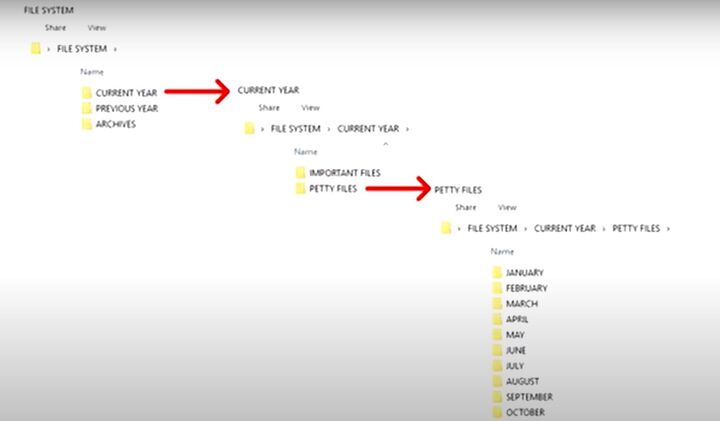





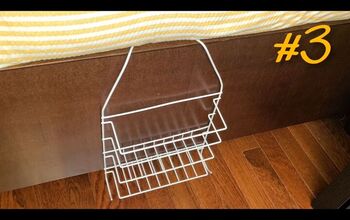
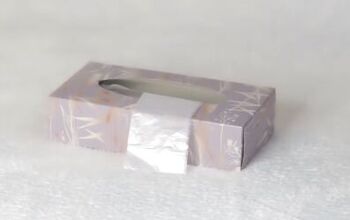
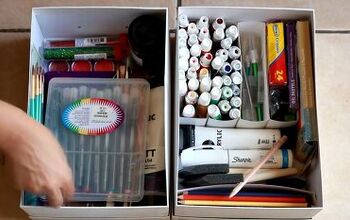
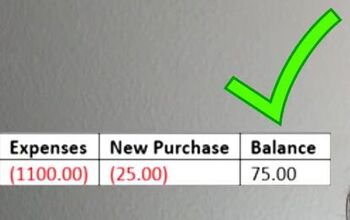


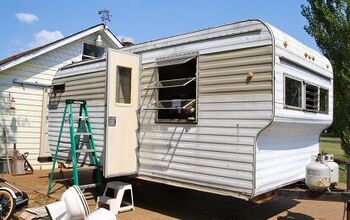











Comments
Join the conversation